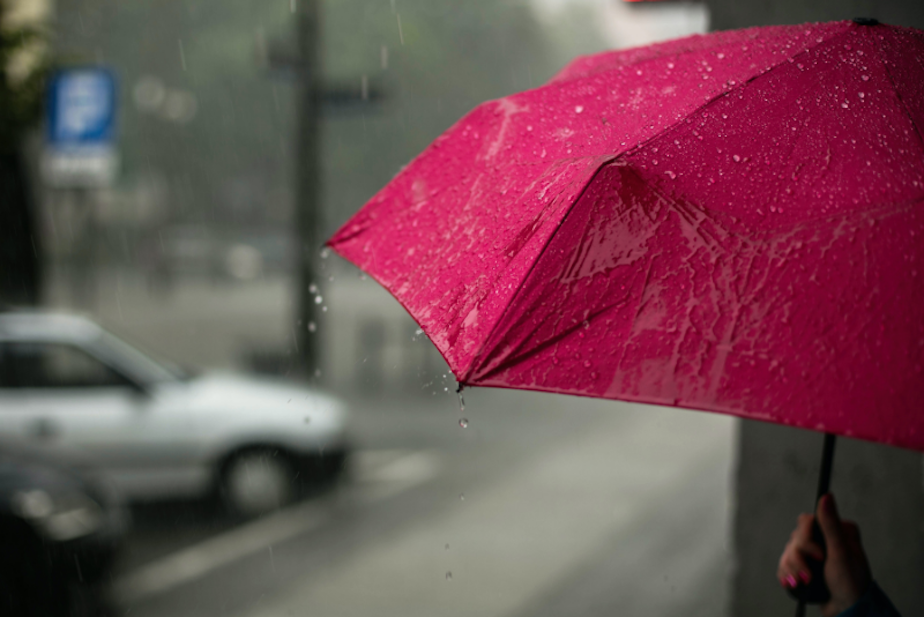What La Niña could have in store for the Northwest over winter 2021

Bundle up. The Seattle area can expect a cold, wet winter to end out 2021 and start 2022. La Niña is coming to the Pacific Northwest for a second year in a row.
The National Weather Service's Climate Prediction Center issued a La Niña advisory this week. La Niña affects different parts of the globe in unique ways.
“Here in the Pacific Northwest, what La Niña typical results in is wetter and cooler conditions over the winter period," said Reid Wolcott, a meteorologist with the National Weather Service in Seattle. "And that looks like what we are in store for, especially as we get into the later part of the winter season — December, January, February.”
RELATED: What La Niña could mean for the mountains and eastern Washington
The weather service says there is an 87% chance that La Niña conditions will persist between December 2021 and February 2022. The La Niña advisory serves as a reminder that it's a good idea to prepare for power outages and other disruptions brought on by the weather.
While the conditions La Niña is sending to the region won't fully hit until about December, October around Western Washington has already been notably colder than usual. On Oct. 12, the weather service noted that a few chilly records were broken.
The next day, another record.
The Seattle Weather Blog is further pointing out that this will be the second year in a row that La Niña is coming to the Pacific Northwest. In the past, that has sometimes meant snow. How much? It varies. No one can make any exact predictions, but the blog says some snow is "a good bet" this winter.
Weekend weather
With a significant weather system moving into the region, Seattle can expect some rain over the October 15-17 weekend, primarily Friday night and Saturday. Forks through Bellingham, and north through British Columbia can expect even more rain.
“October has been pretty wet so far and it looks to be wet for the next couple of weeks," Wolcott told KUOW. "There is actually another system coming, further out, that really looks like it’s going to drive a lot of rainfall into areas further south of Washington — Oregon and California where they really need that rainfall to bring some relief to drought conditions in that area.”


